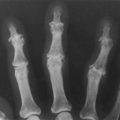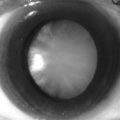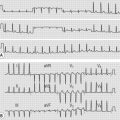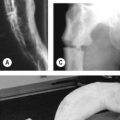144 Addison’s disease
Salient features
Examination
• Examine for hyperpigmentation, typically localized to palmar creases and knuckles:
• Tell the examiner that you would like to investigate as follows:
• If you suspect Addison’s disease, tell the examiner that you would like to do a short tetracosactrin test (synacthen test).
Advanced-level questions
How would you investigate this patient?
• FBC (for lymphocytosis, eosinophilia)
• Electrolytes (for hyponatraemia, hyperkalaemia, hyperchloraemic acidosis, hypercalcaemia)
• Blood glucose, looking for hypoglycaemia
• Short tetracosactrin (synacthen) test; if positive, follow-up with a prolonged ACTH stimulation test
• ACTH and cortisol levels: in Addison’s disease the 9 am ACTH is elevated (>300 ng/l)
• Adrenal autoantibodies: 21-hydroxylase autoantibodies are elevated in 80%
How would you manage this patient if the underlying aetiology is autoimmune?
• Immediate treatment of adrenal failure with replacement steroids: prednisolone 5 mg in the morning and 2.5 mg at night; adjust dose depending on serum levels and clinical well-being
• Fludrocortisone 0.025–0.15 mg daily; adjust dose depending on postural hypotension
• Give steroid card and Medic Alert bracelet
• Stress the importance of regular therapy and increase the dose in the event of stress such as dental extraction or urinary tract infection. It is also important to tell the patient that this therapy is lifelong and that an ampoule of hydrocortisone should be kept at home







